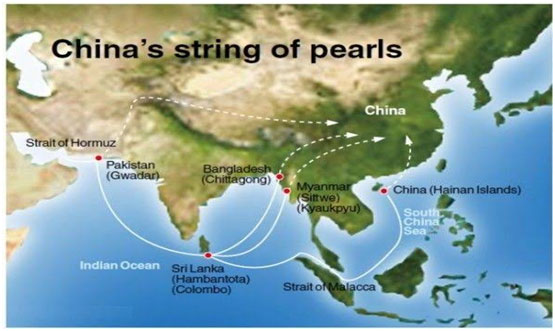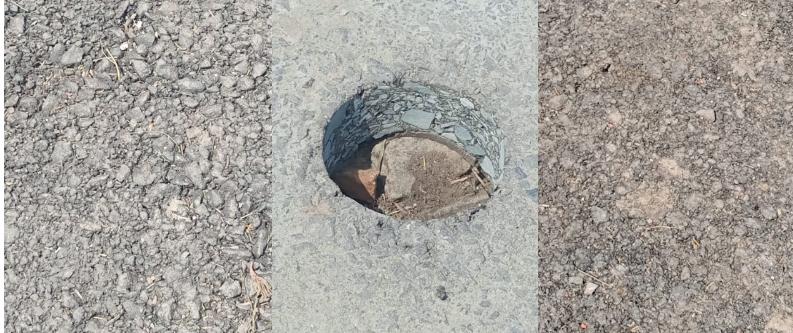By Amir Shehzad and Dr. Muhammad Yaseen
The agricultural quarter connects with international food necessity and is recognized as the world’s greatest distributor of forty percent of the world’s employees. Vegetables are rich in vitamins, minerals, dietary fiber, carbohydrates, and proteins, and they are regarded as safe diet. Large quantities of herbs have been reported to be of great medicinal value and help to reduce certain diseases.For example, onions and garlic have antibacterial properties, cucumbers and Solanas contain vitamin D and strengthen bones. In Pakistan, larger than thirty separate vegetables are economically grown, depending on the location, production and production of some of the most important vegetables. Potatoes, tomatoes, onions, peppers, cabbage, cauliflower, spinach, cucumber, eggplant, okra, peas, carrots, ripe, pumpkin, squash, watermelon and watermelon are used in cooking and as unrefined. Grafting is an old method which mainly used for fruit and vegetable crops.It is the process of connecting two plant parts (a scion & a root) together in such a way that they will unite and continue to grow as one plant.The major purpose of vegetable grafting is to abolish soil-borne pests that develop the disease in vegetables and problems of salinity and soil acidity. Other objectives of grafting are to expand productivity and increase the grafted plant tolerance to different temperatures. The major cause for grafting is to generate sexless plants that are hard by other techniques. It is mostly utilized in the manufacturing of orchard trees, shade trees and roses. In present-day horticulture grafting is used for another kind of objectives: to repair injured trees, give rise to dwarf trees and shrubs, to build up plants’ resistance to definite diseases, to control varietal characteristics, to adapt varieties to adverse soil or climatic conditions, to ensure pollination, to produce multi fruited or multiflowered plants, and to propagate certain species (such as hybrid roses) that can be created by no other method. Grafting is very essential because productivity can be enhanced by grafting, grafting also upgrading the water use efficiency in drought-prone areas.it is important for high-temperature tolerance and for the control of diseases.Some rootstocks can make grafted plants resistant to some viruses. Enhanced vigor and cold hardiness. Often increase fruit size, yield, and quality. In addition to upgrading crop productivity and crop standard, vegetable grafting is also utilized to enlargement of plant strength, tolerance to low and high temperatures; mitigating salinity and heavy metal stress, improving endurance to drought and flooding stress and resistance to the foliar pathogen, managing root-knot nematodes, controlling weeds, prolonging the harvesting period, improving postharvest life and produce new plant species (tetraploids).In similar fashion grafting upgrade the process of nutrition and efficiency in many vegetable crops.It is stated that cost-benefit analysis suggests that grafting can be taken as a successful step to control root-knot nematodes for tomato production.
Grafting is an active method to decrease biotechnological and biological stresses that guid to upgrade yield and economic growth. Grafting is an environmentally friendly technology because it reduces the use of pesticides and fertilizers in vegetable production and therefore promotes organic vegetable production. Grafting supply a particular position management implement for soil-borne diseases. It inserts well into the organic and integrated crop production system. It decreases the need for soil disinfectants and environmental pollution. • Grafting and other methods have the capacity to encouragement of cultivation in the non-traditional and fragile agro-ecosystem. • So grafting permits increased disease tolerance and vigor to crops.
Department of Agriculture Extension, College of Agriculture, University of Sargodha










